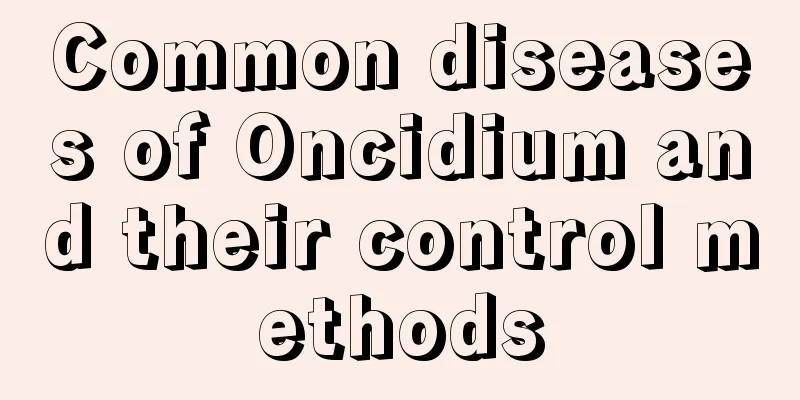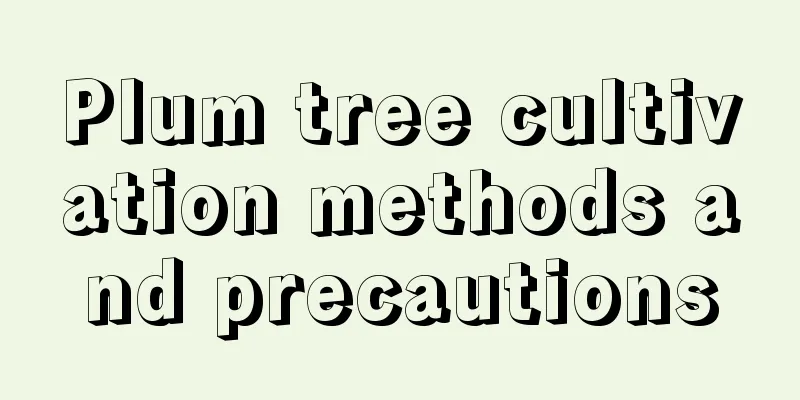Common diseases of Oncidium and their control methods

Oncidium leaf diseaseWhen Oncidium is infected with mosaic disease, discontinuous light yellow spots will appear on the leaves at the beginning, and mosaic will occur. The lesions will then cause leaf necrosis, forming sunken brown necrotic spots on the leaves, and the leaves will gradually die. Solution: Provide proper ventilation to avoid high temperature and high humidity environment; control watering and apply appropriate amount of phosphorus and potassium fertilizers; promptly remove diseased plants and leaves. In addition, spray pesticides in time when the disease occurs. You can choose Bordeaux mixture, methyl thiophanate solution, and benomyl, etc. Spray once every 7 to 10 days, and spray 2 to 3 times. Oncidium gray moldIt mainly harms leaves and petals. Initially, small water-like spots appear on the petals, which then gradually expand into round brown spots. The lesions gradually expand in the form of spots. However, due to differences in varieties and maintenance conditions, the color depth of the spots will vary. In severe cases, the spots will expand and even cover the entire petals, causing the flowers to wither. When grown indoors, a gray mold layer will appear on the leaves and petals. Solution: Ventilate in time, keep the environment dry, and avoid the generation of bacteria. Spray the pesticide in time when the disease occurs and take preventive measures. Oncidium AnthracnoseWhen the disease occurs, small round spots of light yellow will appear on the leaf tips, which will then gradually expand into dark brown. Several adjacent lesions combine with each other, causing the entire leaf to die. Solution: Pay attention to the watering method. Do not water directly from top to bottom. Water close to the soil. Do not have water accumulation in the center of the leaves. Keep the leaves dry at night. Avoid rain, provide appropriate light protection, and ventilate in time. Spray the medicine in time when the disease occurs to take preventive measures. |
<<: Six Disease Prevention and Control Methods for Daphne koreana
>>: Common diseases and insect pests of Pinus truncatula and their control methods
Recommend
Do azaleas shed their leaves in winter? Why do their leaves turn white?
1. Fallen leaves? Rhododendrons will shed their l...
Does the bayberry tree prefer shade or sun?
Does the bayberry tree prefer shade or sun? Baybe...
How to propagate the calathea
Cuttings Operation steps: Select newly grown bran...
How to care for Xiuyan succulent
How to maintain The flowering period of Xiu Yan i...
What flowers are suitable for growing in Chongqing
1. Climate characteristics of Chongqing Chongqing...
How to grow blue snowflakes on the balcony and what should you pay attention to
1. Light The blue snow flower plant is naturally ...
How Succulents Died
Death by art Many people and even many shops like...
How to plant saffron bulbs and when to plant them
1. Planting time of saffron bulbs It is recommend...
Where is the best place to grow litchi?
Lychee growing area Lychees generally grow in pla...
Dandelion's efficacy and effects (medicinal dandelion)
1. Clearing away heat and detoxifying Dandelion h...
Cultivation method of potted crabapple
1. Choose a pot It is recommended that you choose...
How long does the flowering period of Christmas cactus last? How to extend the flowering period?
1. How long is the flowering period? The flowerin...
When is the best time to sow chicory?
Chicory sowing time Chicory belongs to the Astera...
What are the cultivation methods and precautions of goldfish spider plant
Growth habits of goldfish spider plant Goldfish C...
How to identify wild Cistanche deserticola and how much does it cost per pound
1. How to identify 1. It can be identified based ...









